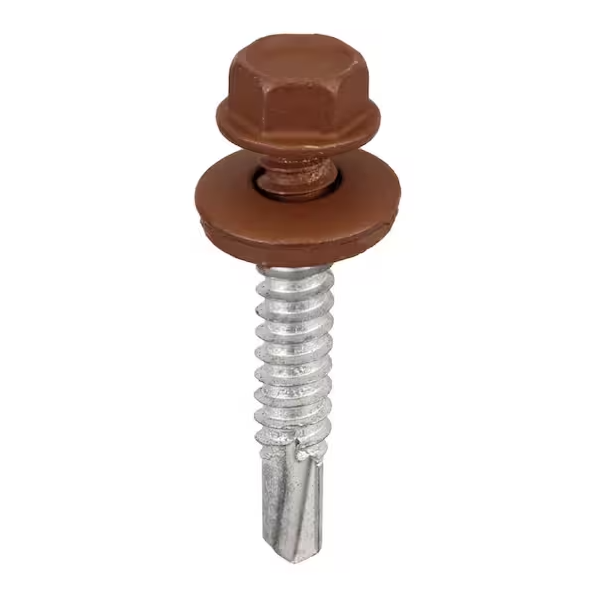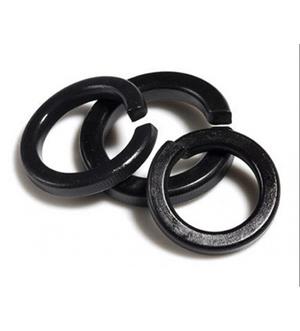Feb . 20, 2025 12:28
Back to list
FLAT WASHER
Choosing between a flat washer and a spring washer for your specific application can significantly impact the performance and longevity of your equipment. This nuanced decision often poses a challenge for engineers and DIY enthusiasts alike. A comprehensive understanding of each washer's characteristics and use cases is crucial to making an informed choice.
The decision between using a flat washer or a spring washer hinges on the application's specific requirements. In environments subject to constant vibrations, like in automotive and aerospace industries, spring washers are typically advantageous. They minimize the risk of fastener loosening, which could lead to catastrophic failures. Conversely, in environments where the primary concern is load distribution and surface protection, flat washers are preferable. Moreover, the sequence in which these washers are used can affect the performance of the fastening assembly. Generally, when both types of washers are employed, the flat washer is placed directly against the material surface to evenly distribute the load, with the spring washer on top to mitigate loosening tendencies. This configuration takes advantage of the strengths of both washers, ensuring both secured fastening and load management. In summation, the proper selection and sequencing of flat and spring washers are essential for optimizing the performance and reliability of fastening assemblies. By understanding their respective functions and recognizing the specific needs of your application, you can prevent premature wear, material damage, and fastening failures. Ensure to consider environmental factors, load requirements, and potential vibrations in your application to make the most informed decision. Such informed choices in using flat or spring washers not only enhance the lifespan of the assembly but also optimize safety and performance. Consulting with materials scientists and experienced engineers can provide additional insights, ensuring that your choice aligns precisely with the operational demands, thereby fortifying both your project and your reputation as a meticulous and knowledgeable professional.


The decision between using a flat washer or a spring washer hinges on the application's specific requirements. In environments subject to constant vibrations, like in automotive and aerospace industries, spring washers are typically advantageous. They minimize the risk of fastener loosening, which could lead to catastrophic failures. Conversely, in environments where the primary concern is load distribution and surface protection, flat washers are preferable. Moreover, the sequence in which these washers are used can affect the performance of the fastening assembly. Generally, when both types of washers are employed, the flat washer is placed directly against the material surface to evenly distribute the load, with the spring washer on top to mitigate loosening tendencies. This configuration takes advantage of the strengths of both washers, ensuring both secured fastening and load management. In summation, the proper selection and sequencing of flat and spring washers are essential for optimizing the performance and reliability of fastening assemblies. By understanding their respective functions and recognizing the specific needs of your application, you can prevent premature wear, material damage, and fastening failures. Ensure to consider environmental factors, load requirements, and potential vibrations in your application to make the most informed decision. Such informed choices in using flat or spring washers not only enhance the lifespan of the assembly but also optimize safety and performance. Consulting with materials scientists and experienced engineers can provide additional insights, ensuring that your choice aligns precisely with the operational demands, thereby fortifying both your project and your reputation as a meticulous and knowledgeable professional.
Next:
Prev:
Latest news
-
Top Choices for Plasterboard FixingNewsDec.26,2024
-
The Versatility of Specialty WashersNewsDec.26,2024
-
Secure Your ProjectsNewsDec.26,2024
-
Essential Screws for Chipboard Flooring ProjectsNewsDec.26,2024
-
Choosing the Right Drywall ScrewsNewsDec.26,2024
-
Black Phosphate Screws for Superior PerformanceNewsDec.26,2024
-
The Versatile Choice of Nylon Flat Washers for Your NeedsNewsDec.18,2024
Related News










